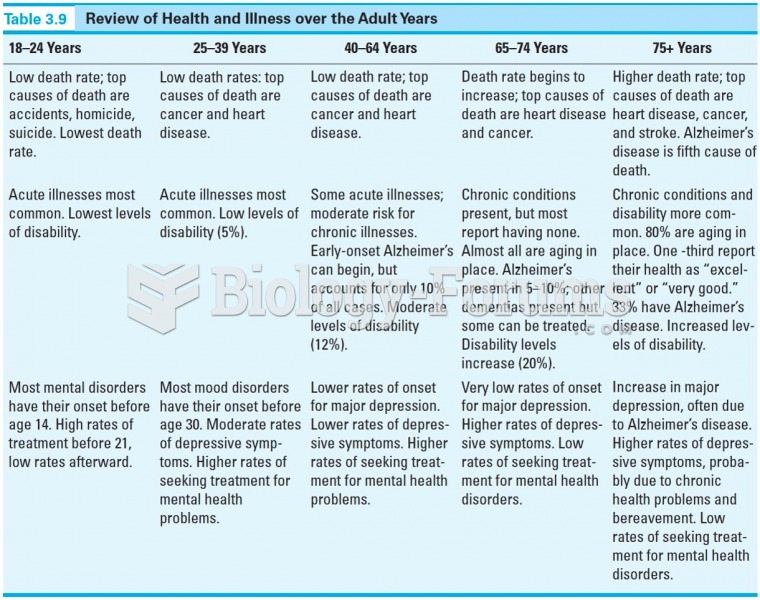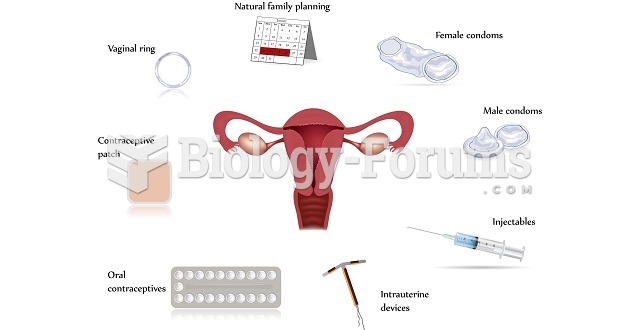Answer to Question 1
Correct Answer: 3
Rationale 1: Little boys do have testicles that help to block bacteria from traveling from the rectum to the urethra, but they have long urethras, not short ones.
Rationale 2: Cleanliness does affect the chance of developing a UTI, but girls tend to wipe themselves better than boys do.
Rationale 3: Girls have more frequent UTIs because their urethras are shorter than boys', making it easier for bacteria to move into the bladder. Their rectums are also in closer proximity to the urethra than are boys'.
Rationale 4: Testosterone does not help to prevent UTIs.
Global Rationale: Girls have more frequent UTIs because their urethras are shorter than boys', making it easier for bacteria to move into the bladder. Their rectums are also in closer proximity to the urethra than are boys'.
Little boys do have testicles that help to block bacteria from traveling from the rectum to the urethra, but they have long urethras, not short ones. There is no evidence that boys wipe themselves better than do girls. Testosterone does not help prevent UTIs.
Answer to Question 2
Correct Answer: 4
Rationale 1: This is a correct statement. Girls are more prone than boys to urinary tract infections. Wiping from front to back moves the bacteria away from the urethra.
Rationale 2: This is a correct statement. Girls need to avoid contaminating the urethral region with bacteria present in the rectal area.
Rationale 3: This is a correct statement. Girls have shorter urethras than boys, which allows easier access for the bacteria to move into the bladder.
Rationale 4: This is an incorrect statement. Girls should wipe front to back at all times because bacteria are present in the rectal area at all times.
Global Rationale: The male and female urinary tracts are identical, with the exception of the urethra, which is shorter in the female and located closer to the anus. This anatomic difference results in the periurethral region of the female being populated by bacteria that are normally restricted to the gastrointestinal (GI) tract, and could cause UTIs. These anatomic differences result in a higher risk of UTI in females.







